autoLog IQ™
The autoLog IQ™ autotransfusion system is an intelligent, easy, and adaptable autotransfusion system that delivers a consistently high-quality blood product automatically.
Using Dynamic Cell Salvage technology with algorithm-driven Intelligent Blood Sensing, the autoLog IQ system makes micro adjustments automatically during processing to help maximize haematocrit and washout, and minimize waste. This dynamic process is proven to recover high-quality blood, fast.
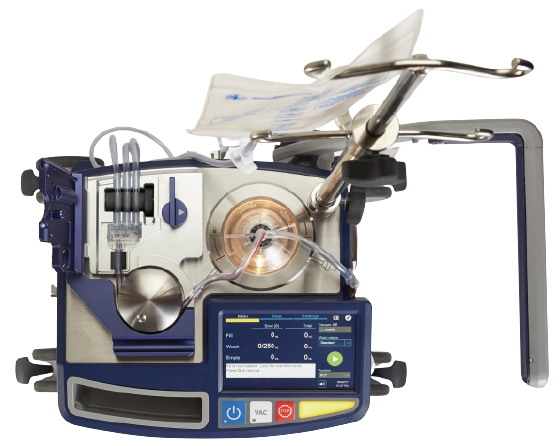
INTELLIPATH BOWL
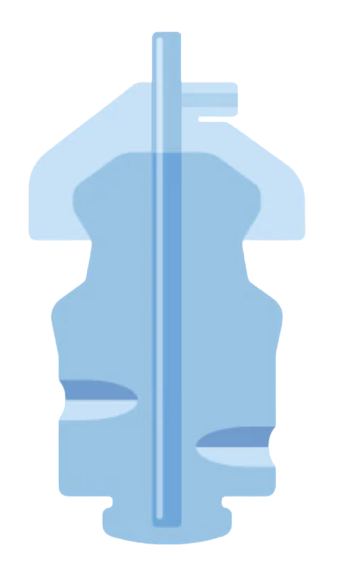
ADAPTIVE TWO-STAGE FILL
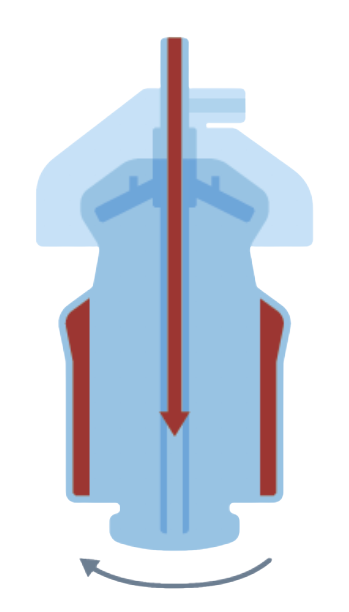
PULSE WASH
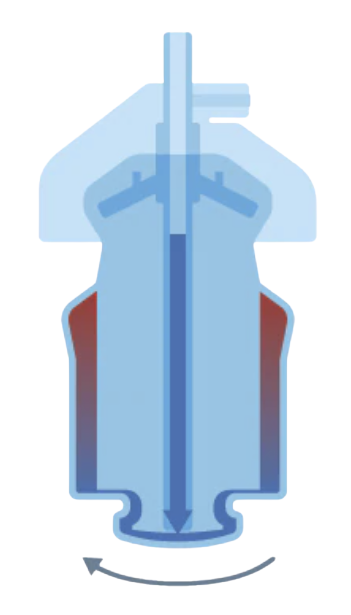
Dynamic Cell Salvage Technology
Intellipath Bowl
The Intellipath Bowl is engineered to help maximize haematocrit, minimize haemolysis generated by the autoLog IQ system, and enhance efficiency of the wash process. Indentations disrupt the blood pathway to separate red blood cells from other components. One 135 mL bowl is used for most cases.
Adaptive Two-Stage Fill
To achieve high haematocrit with less waste, the autoLog IQ system fills the bowl in two stages. STAGE ONE: The system does an initial fill, at a fill rate of 600 mL/min. It pauses briefly to compact red blood cells. STAGE TWO: The system adjusts the fill speed, depending on haematocrit.
- Low haematocrit: ≥ 225 mL - fills at 250 mL/min
- High haematocrit: < 225 mL - fills at 600 mL/min
Pulse Wash
The Pulse Wash makes the wash process more efficient by adjusting the saline pulse volume, depending on the density of the cell pack.
- The system detects cell pack characteristics and adjusts pulse length automatically.
- Standard wash volume is 250 mL for all situations.
Simple, Ingenious Design
The genius of the autoLog IQ system is that it makes the complex process of returning high-quality blood to patients reliable, consistent and simple.
Its compact size and ergonomic design make it easy to move, fit, and use in virtually any operating space. It demands little attention while in use, freeing operators to focus on other tasks during surgery. And with just one bowl size, the autoLog IQ system simplifies ordering and storage.
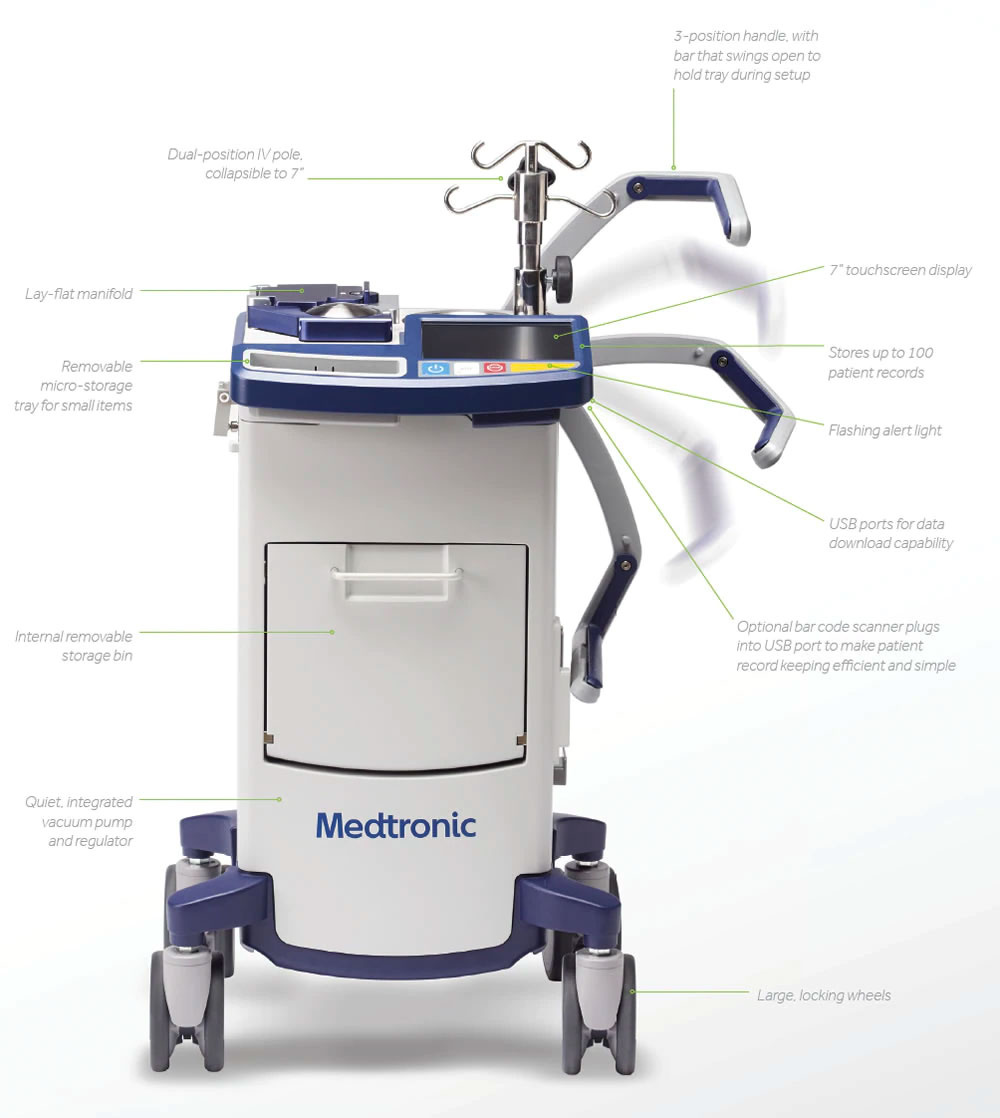
Consistently Excellent Results
Dynamic cell salvage is available only in the autoLog IQ system, proven to recover high-quality blood fast.
Blood Quality/Haematocrit
- Haematocrit of washed product 59-65%
- Heparin washout 98%
- Fat removal 99%
Recovery Rate (Speed)
- Standard wash: ≈3.4 min
- Fast wash: ≈2.25 min
- Emergency wash: ≈1.45 min
135 mL volume per cycle
Manual Adjustment When Needed
In the vast majority of cases you run, the autoLog IQ system provides high-quality blood for return to patients automatically. But for complex or emergency cases, you can manually adjust vacuum and wash settings instantly from a touchscreen menu.
Autotransfusion: Critical in Today's Environment
1. Blood Facts and Statistics. (n.d.). Retrieved February 15, 2018, from http://www.redcrossblood.org/learn-about-blood/blood-facts-and-statistics.
2. Shander, A., Hofmann, A., Ozawa, S., Theusinger, O. M., Gombotz, H., & Spahn, D.R. (2010). Activity-based costs of blood transfusions in surgical patients at four hospitals. Transfusion, 50(4), 753–765.
3. Friedman, R., Homering, M., Holberg, G., & Berkowitz, S. D. (2014). Allogeneic blood transfusions and postoperative infections after total hip or knee arthroplasty. The Journal of Bone and Joint Surgery. American Volume, 96(4), 272–278.
4. Meybohm, P., Choorapoikayil, S., Wessels, A., Herrmann, E., Zacharowski, K., & Spahn, D. R. (2016). Washed cell salvage in surgical patients. Medicine, 95(31).
2. Shander, A., Hofmann, A., Ozawa, S., Theusinger, O. M., Gombotz, H., & Spahn, D.R. (2010). Activity-based costs of blood transfusions in surgical patients at four hospitals. Transfusion, 50(4), 753–765.
5. Sahu, S., Hemlata, & Verma, A. (2014). Adverse events related to blood transfusion. Indian Journal of Anaesthesia, 58(5), 543–551.
6. Dionigi, G., Boni, L., Rovera, F., Rausei, S., Cuffari, S., Cantone, G., Bacuzzi, A., Dionigi, R. (2009). Effect of perioperative blood transfusion on clinical outcomes in hepatic surgery for cancer. World Journal of Gastroenterology, 15(32), 3976–3983.
3. Friedman, R., Homering, M., Holberg, G., & Berkowitz, S. D. (2014). Allogeneic blood transfusions and postoperative infections after total hip or knee arthroplasty. The Journal of Bone and Joint Surgery. American Volume, 96(4), 272–278.
Revolution Surgical Pty Ltd
5/14-16 Crescent Street, Rozelle NSW 2039 AU
ABN: 63 165 643 434
© 2018-2023 Revolution Surgical
